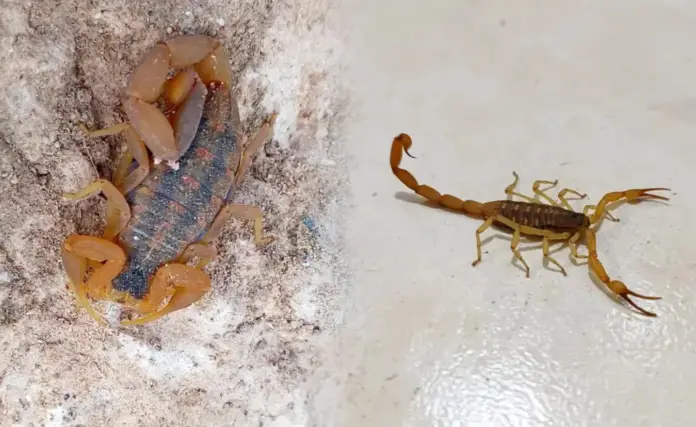There are various myths and curiosities about scorpions, and there are even legends about them in the state of Durango. However, there is much inaccurate information about these arachnids, which are popular in the state.
It should be noted that since the founding of the city of Durango, this arachnid has gained popularity due to its high presence and mortality, since in those times a scorpion sting meant certain death.
Are all scorpions poisonous?
The answer to this question is yes, all scorpions are poisonous. However, there are species that do not pose a risk to people who are stung by these types of specimens, which is why some people are “unaffected” by the sting.
On the other hand, there are species of scorpion, such as the Durango scorpion, that do pose a risk to public health. If left untreated, the sting could be fatal due to the type of toxin these scorpions produce.
How do you identify a scorpion of medical importance?
Identifying a scorpion that is dangerous to public health is quite complicated, especially if you have been stung. Time is your best ally in a case of Scorpion Sting Intoxication (SPI), as symptoms begin to appear within the first 5 minutes.
If you are stung, it is best to go to a health center immediately for appropriate medical attention. In the extraordinary case of capturing the arachnid, whether alive or not, you should bring it with you so specialists can identify its species.
In Durango, not all scorpions are of medical importance.
Within the state, the fame of the Centruroides suffusus is such that it is called the “Durango Scorpion” and is considered a symbol of identity. Along with the Centruroides infamatus, it is the two species of medical importance in Durango.
While there are two species of scorpions that also inhabit the state, which are not of medical importance to public health: Centruroides edwardsii and Centruroides vittatus.
Source: posta




